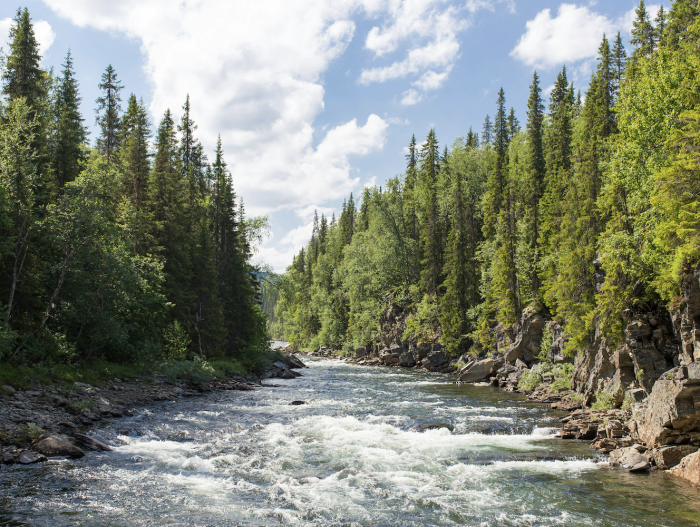In Montreal, Olivier says, 20 per cent of the city’s water is lost through leaks in the aqueduct system.
“That means utilities must supply 120 per cent of the water needed, just to deliver 100 per cent,” Olivier says.
Addressing these inefficiencies would conserve water and reduce costs for municipalities and residents alike.

 Simon Olivier, head of the H2O Water Fund at Cycle Capital Management
Simon Olivier, head of the H2O Water Fund at Cycle Capital Management